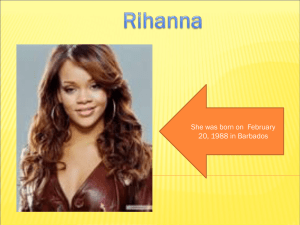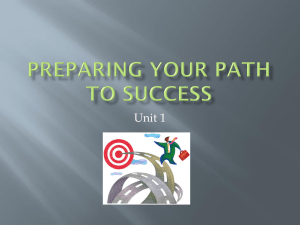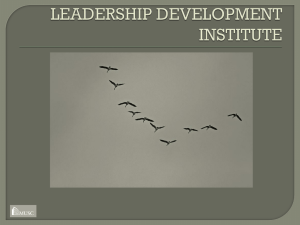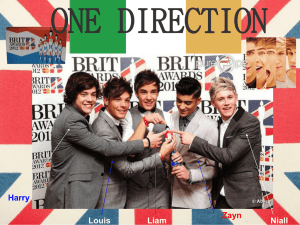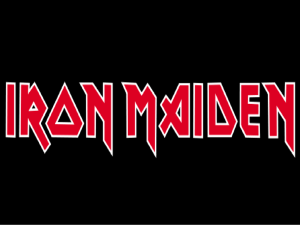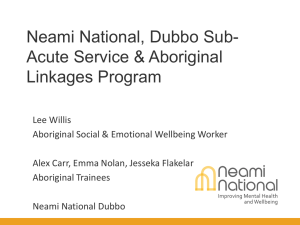What is The Collaborative Recovery Model?
advertisement
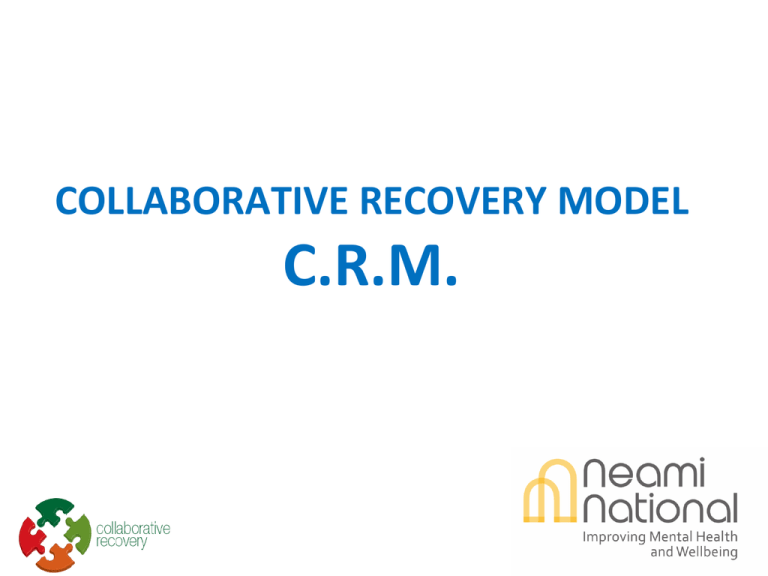
COLLABORATIVE RECOVERY MODEL C.R.M. Introduction • Background • Neami National • PDRS - MHCS Phil Watson – Neami Service Manager Recovery? Anthony (1993) defines recovery as "a deeply personal, unique process of changing one’s attitudes, values, feelings, goals, skills and roles. It is a way of living a satisfying, hopeful, and contributing life even with limitations caused by the illness. Recovery involves the development of new meaning and purpose in one’s life as one grows beyond the catastrophic effects of mental illness." What is The Collaborative Recovery Model? The Collaborative Recovery Model (CRM) is a practice model designed to incorporate evidence of practices that have previously assisted people living with enduring mental illness, designed to be consistent with the values of the recovery movement. Developed by the University of Wollongong Recovery Movement: Power & Autonomy Coaching Style Relationship Consumer Participation Movement Collaborative Recovery Psychosocial Rehabilitation Recovery Movement: Experiential, psychological, narrative Positive Psychology eg hope, Strength, wellbeing Evidence Based Practice Organisational & workforce development The Guiding Principles of CRM 1) Recovery as an Individual Process 2) Collaboration and Autonomy Support These guiding principles provide the foundations for the LifeJETs and govern all interactions employed in providing recovery support. Collaboration and Autonomy Support • • • • • • • • • Working alliance Coaching style relationships Working with relationship dynamics Power and empowerment Concept of mutuality Relationship ruptures Building resilience Building Agency/Autonomy Barriers to collaboration Components of Working Alliance • Coaching style relationship – you provide the structure, they provide the content • A learning environment not a helping environment • Permission to challenge LifeJET • What is it? A staged life planning process incorporating values and strengths clarification, visioning, goal setting and action planning. • Involves • • • • • • • Possible identification of personal life vision. Life vision and goals oriented by the person’s values and strengths. Goal selection may be initiated from needs or strengths assessment. Rating the relative importance of goals (consumer perspective). Selection and construction of 3 attainment levels. Monitoring of progress using success coordinates. Steps to follow with skills to use flexibly within each step. Objective: • To develop an attractive and feasible striving protocol for use in mental health contexts based on evidence-base, established literatures and recent feedback based on CGT, homework and implementing the CRM and congruence with values of recovery movement- and consistent with the developing evidence within coaching psychology Feasibility: • Brevity, relevance, attractiveness (to client, worker, managers and researchers), ease of use, trainability, addition of value to current practice Tenets: • Metaphors will (a) assist communication and training (b) make the steps to the process seem more light hearted and tangible • Should be seen as three modular instruments which can be used consecutively, or on an at needs basis. There is an additional reflective and integrative exercise. THE METAPHOR: • Recovery/life is a journey- people often take a camera, a compass and a map on a journey • Together the outputs of these tools (e.g. photos) forms a personal album of the journey- the good life album • The title of the album is the life vision PURPOSE OF JOURNEY ENHANCEMENT TOOLS The Camera: To bring into focus important values and strengths. Drawing from literature on values clarification, life planning, ultimate strivings, Acceptance Commitment Therapy. The Compass: To identify ones ultimate destination (true north) in terms of a life vision and track one’s progress along valued directions- i.e. goal progress. Modified version of Collaborative Goal Technology, drawing on literature from goal setting, recovery, motivational interviewing, health behaviour change. The Map: To plan the next step, taking the terrain (barriers) and social support into account. Modified version of homework sheets, drawing on literature from homework and health behaviour change action planning and social support The Good Life Album: To bring together outputs of the Camera, Compass and a MAP [i.e. photos] and create an album of the journey from which one develops Life Vision. Drawing on literature from gratitude diaries, life visioning. HOW THE JOURNEY FITS TOGETHER • A person, by use of the Camera becomes clear on their personal values and strengths. Using the Compass they are enabled to identify a future oriented life vision- a collection of their values and strengths, recorded separately as valued directions that one uses to orient themselves. The person can set personal goals consistent with these important valued directions. • Using the MAP the person can develop action plans to achieved the goals. Overtime they can gain feedback on their progress- ie their level of progress (referred to as coordinates). The reflective exercise of the Good Life Album enables people to put it all together. RELATIONSHIP BETWEEN LIFE VISION, VALUES, GOALS AND ACTION PLAN Life Vision (Album title)- Why Provides motivation, meaning and purpose, and preferred identity Values of Life (Camera) – What is important Important life directions that infuse the person’s life with more meaning and hope. 3 Month Goals (Compass)- What More specific goals. Still considered “large” steps, hence the three month time frame. Action Plan (Map)- What, When, Where, Frequency, Duration Techniques to increase the probability of goal/task attainment, done in natural environment Life vision – purpose Ongoing Values – Strengths As need or 6 monthly Goals (3 monthly) Actions (weekly) Thank-you Questions? Phil Watson – Neami National Service Manager - Thomastown phil.watson@neaminational.org.au http://socialsciences.uow.edu.au/iimh/ collaborativerecoverymodel/index.html
